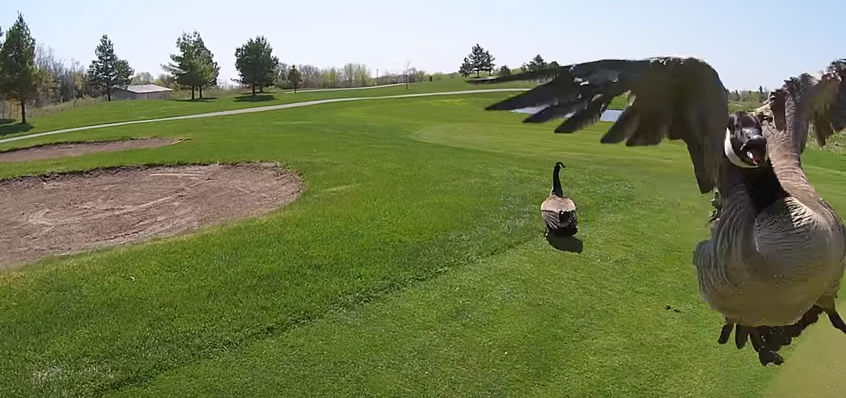Resourceful public works professionals and governments are using drones to manage animal populations.
In Australia, the Victorian Government has trialled the use of drones in tracking koalas.
The government recently concluded a successful 12 week trial of Remotely Piloted Aircraft Systems (RPAS, commonly referred to as drones) for use in land and environmental management.
The trial gave the Department of Environment Land Water and Planning (DELWP) the opportunity to test the capabilities of the aircraft in a variety of scenarios.
It was part of a broader 12-month project looking at a range of different types of drones and sensors.
Recently, the drones have been surveying koala populations at a number of sites in the Barwon South West region, with the aim of collecting data on population size.
The RPAS technology uses remotely sensed data, similar to that of a satellite, to source video and thermal imagery.
The technology was also used in monitoring planned burns and identifying hazardous trees that pose a risk to the community.
 A Canada goose attacks a drone on a golf course. Image from Dynamic Filmz
A Canada goose attacks a drone on a golf course. Image from Dynamic Filmz
The Canadians, however, are taking a slightly more aggressive approach; the City of Nelson using drones in its battle against the pesky Canada goose.
The geese, which graze on the grass at a local park, have become a nuisance to children who use the playing fields, CBC News reports.
Goose faeces is even believed to have caused the high E. coli levels at the beach adjoining the park, which resulted in health officials shutting the beach being shut down.
Municipalities across Canada have employed various tactics against the ubiquitous birds — from egg sterilisation to green lasers.
Colin Innes, the Director of public works and utilities with the City of Nelson, told CBC News city staff fly the drone close to the ground toward the geese, chasing them off.
"When you use the drone, you'll chase them off, and they'll disappear for the majority of the day,” Innes says.
So far, Innes says the drone is getting the job done – it’s also cost-effective, especially compared to other solutions like applying a chemical deterrent on the grass.
"The price of buying some of the chemical deterrents can be in excess of the price of a drone, and you'd have to apply [the chemicals] a number of times and purchase them again,” he says.
But Innes says the drone should not be overused.
"If we were to just rely on that, I think they would become habituated,” he warns.